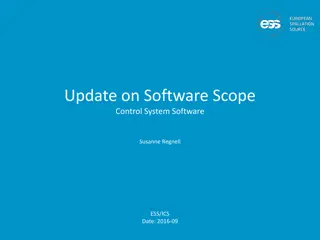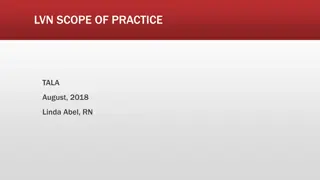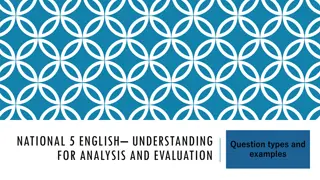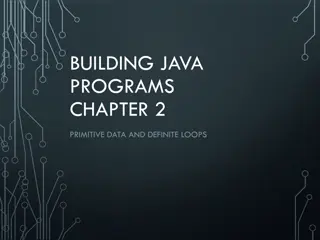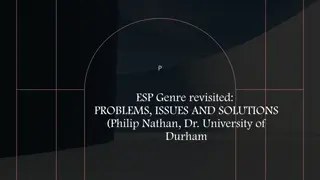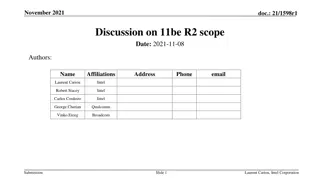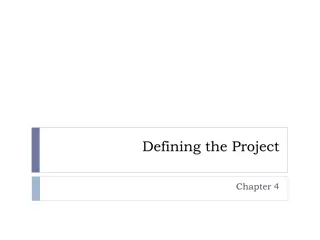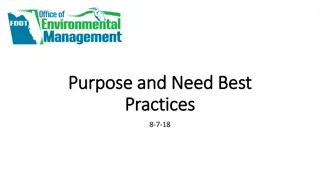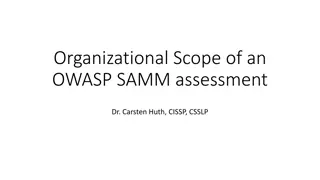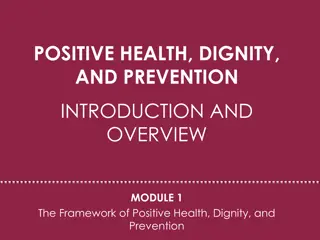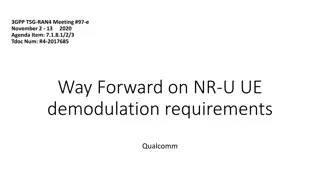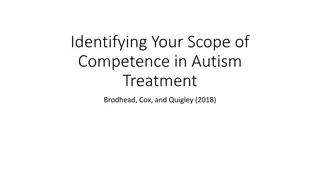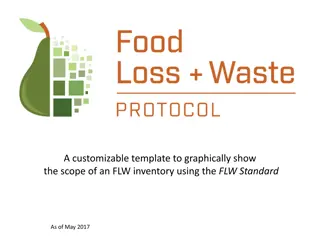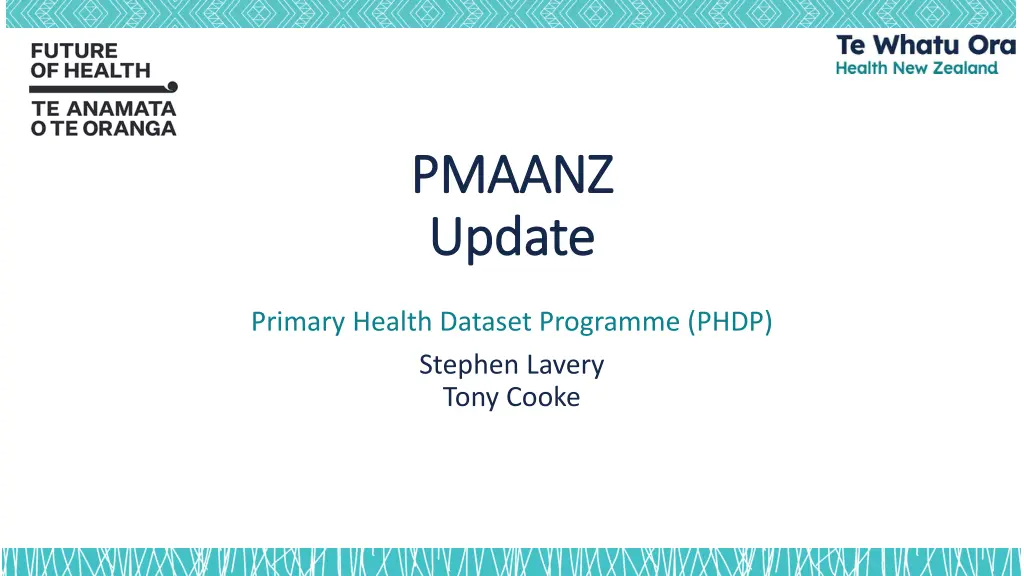
Transforming Primary Health Data for Better Outcomes
Unlock the potential for improved health outcomes through the Primary Health Dataset Programme (PHDP). Explore the compelling context, benefits to populations and community providers, and the challenging journey towards integrating primary health data for equity and collaboration. Join the PHDP approach for a holistic transformation in healthcare.
Download Presentation

Please find below an Image/Link to download the presentation.
The content on the website is provided AS IS for your information and personal use only. It may not be sold, licensed, or shared on other websites without obtaining consent from the author. If you encounter any issues during the download, it is possible that the publisher has removed the file from their server.
You are allowed to download the files provided on this website for personal or commercial use, subject to the condition that they are used lawfully. All files are the property of their respective owners.
The content on the website is provided AS IS for your information and personal use only. It may not be sold, licensed, or shared on other websites without obtaining consent from the author.
E N D
Presentation Transcript
PMAANZ PMAANZ Update Update Primary Health Dataset Programme (PHDP) Stephen Lavery Tony Cooke
Compelling context Compelling context Waitangi Tribunal findings from the Health Services and Outcomes Inquiry (Wai 2575) improved outcomes for M ori. Health and Disability system review Focus on equity of outcomes New Health structures, new opportunities to work in partnership
Why a primary care dataset? Why a primary care dataset? data is held in lots of places it s not joined up so how can a system plan and allocate and invest without relevant population level data? general practice, community providers and PHOs have built data sets locally
Benefits for population Benefits for population quality of care health equity for priority populations stronger collaboration with primary and community care integrates with the wider digital ecosystem improved governance of primary and community healthcare data including M ori data sovereignty
Benefits to community providers Benefits to community providers a more complete set of primary health information provides the evidence for you to design services for your populations can provide data where there is a data sharing agreement Te Whatu Ora is the custodian of the data and will facilitate its curation this data provides the evidence needed to ensure equity of services and achieve pae ora
Challenging journey Challenging journey a programme started in 2016 work was undertaken by the primary care sector to progress parties were not aligned on the how and where a new approach was initiated in 2019 this was delayed due to the development of nHIP (precursor to Hira) and COVID-19 there is an opportunity to deliver much needed capability in partnership with the sector
PHDP approach PHDP approach broad sector engagement strong governance with acknowledged leaders in the sector combine sector capability with Ministry, Te Whatu Ora and Te Aka Whai Ora scale and resources connect siloed data platforms, analytical expertise, and communities of interest
Timing and objectives Timing and objectives 9-12 months sector collaboration on the data assembly of the data development of technical architecture to enable assembly data partners in the development
We are not starting from scratch We are not starting from scratch data is held in lots of places it s not joined up so how can a system plan and allocate and invest without relevant population level data? general practice, PHOs and M ori health providers have built data sets locally
Data available nationally Data available nationally
Data not Data not available available nationally nationally
Objective Objective
Proposed data domains Proposed data domains
NES NES
Covid Covid- -19 impact total population 19 impact total population
Covid Covid- -19 impact 19 impact - - M ori M ori
Covid Covid- -19 impact 19 impact - - Pacific Pacific
Covid Covid- -19 impact 19 impact - - 0 0 - - 4 years 4 years
Where does PDHP fit with Hira? Where does PDHP fit with Hira? PHDP Hira Population health strategy, planning, policy, monitoring and public health intelligence Aggregates data for analytical purposes Joins disparate data sets together nationally Sources data as it is now available nationally and locally Supporting consumer access to data Data accessible in real-time wherever it is Supports front line health care Creates new sources of reliable data that PHDP will use in the future Underpinned by data standards such as FHIR and New Zealand International Patient Summary (NZIPS)
A few questions for you? A few questions for you? Do you think that existing primary care datasets can be used as the basis for a national view? Where does PMAANZ see yourselves in this work? What should change this end? Have we missed anything? How can we best work together?


